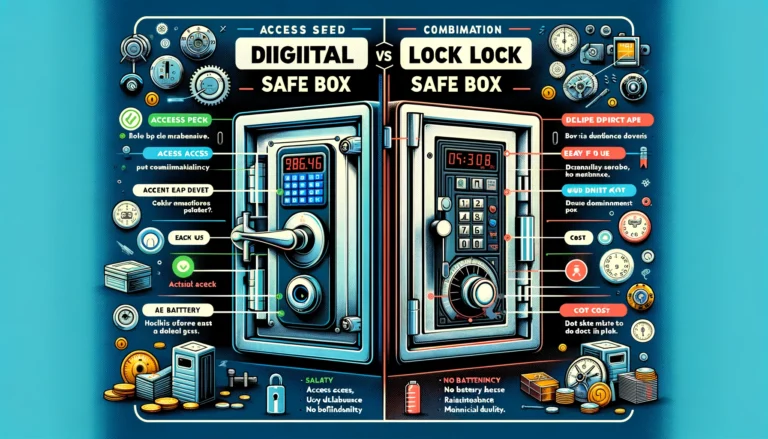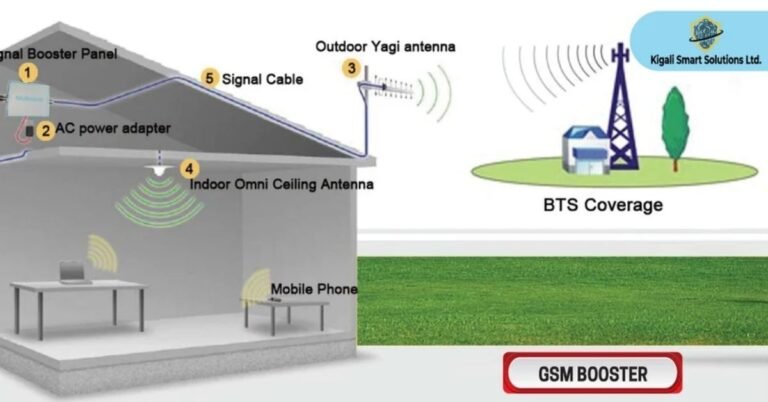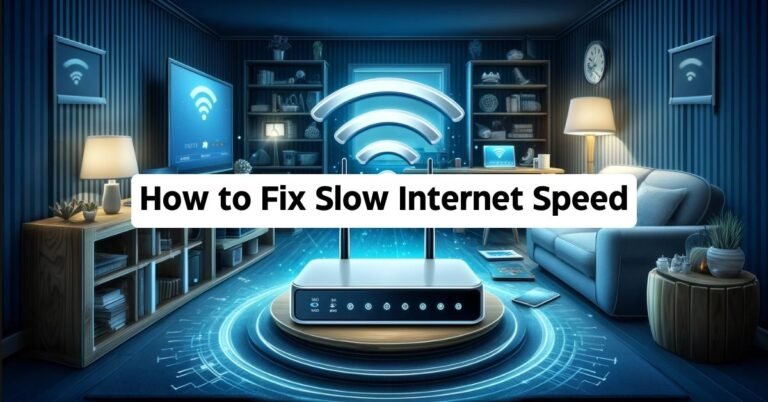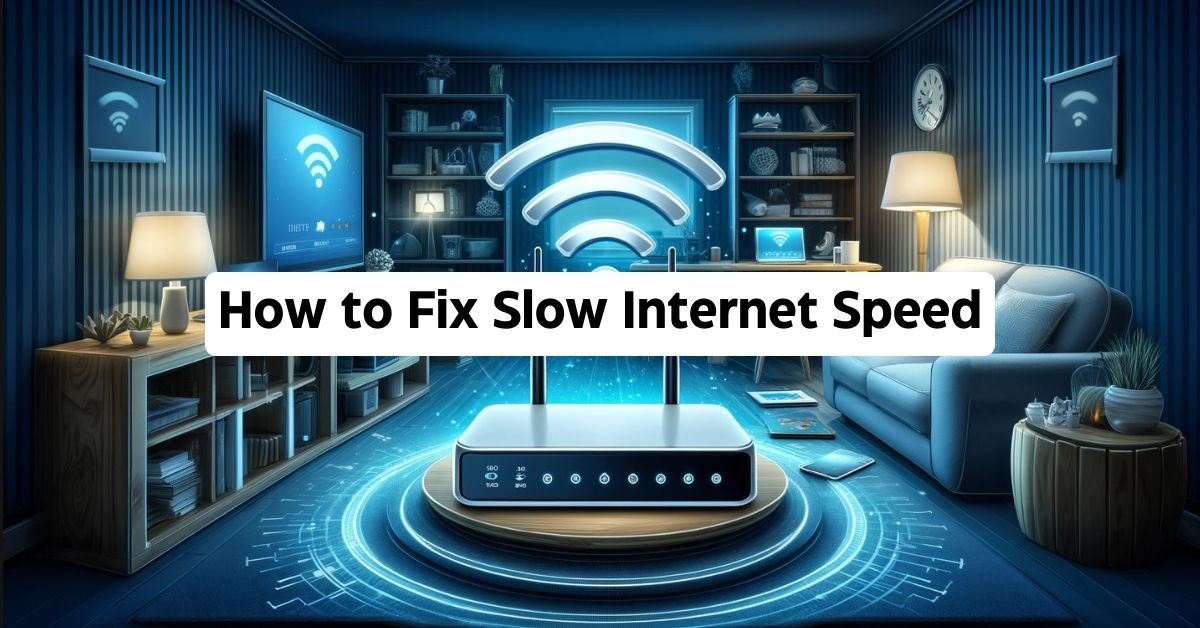In the fast-paced world of today, where the internet underpins most of our daily activities, slow internet speeds can disrupt everything from remote work to leisure activities like streaming music and video. This comprehensive guide will provide you with detailed steps and practical tips to troubleshoot and improve your internet connection, ensuring you stay connected with speeds that meet your needs.
Understanding Your Internet Speed
1. Test Your Current Speed
Before you can tackle the problem of slow internet, it’s crucial to understand your current internet speeds. Tools like Speedtest by Ookla offer a simple way to measure your download, upload, and ping rates. These metrics are essential for diagnosing issues and verifying whether you’re getting the speeds promised by your ISP.
2. Know Your Plan
Sometimes, the solution is as simple as understanding the limits of your current internet plan. Contact your ISP to get details about your plan, including speed limits and data caps. If your tests show that your speeds are consistently lower than those promised, it may be time to discuss options with your provider.
Common Causes of Slow Internet Speed and Fixes
These are the common issues that may cause slow internet speed:
Router Issues
- Position Your Router Properly: The placement of your router significantly affects your network’s performance. Ensure it’s centrally located, away from walls and metal objects. High places, away from electronic interference, often yield the best results.
- Update Router Firmware: Manufacturers frequently release firmware updates to improve device performance and security. Keeping your router updated can enhance stability and speed.
Interference and Bandwidth Hogging
- Limit Device Connections: Each device connected to your network consumes bandwidth. Review which devices need to be connected and disconnect any that are not in use to free up bandwidth.
- Manage Bandwidth-Heavy Applications: Identify and manage applications that use large amounts of bandwidth, such as streaming services, games, and large file downloads. Consider scheduling these activities during off-peak hours or setting bandwidth limits on certain devices.
Wired Connections Over Wireless
- Use Ethernet Cables: While Wi-Fi is convenient, wired connections provide a more stable and faster internet experience. For critical activities that require reliable internet, like video calls or online gaming, consider switching to an Ethernet connection.
Conquer the Crawl: Tips to Fix Slow Internet Speed
Is your internet feeling more like molasses in January than a lightning bolt? Fear not, fellow web traveler! Here’s a comprehensive guide to diagnose and vanquish the dreaded slow internet speed.
Step 1: Scout the Signal Strength
- Test Your Speed: Gauge your internet’s true potential with a reliable online speed test like Speedtest.
- Compare to Your Plan: Check your internet service provider’s (ISP) advertised speeds. Significant discrepancies might warrant a call to their support team.
Step 2: Unleash the Router’s Might
- The Great Reboot: It’s a classic for a reason! Power cycle your router and modem by unplugging them for 30 seconds, then plugging them back in.
- Location, Location, Location: Ensure your router sits in a central, unobstructed spot within your home. Metal objects and thick walls can weaken the Wi-Fi signal.
- Channel Surfing: Wi-Fi routers utilize channels to broadcast signals. If your neighborhood is Wi-Fi dense, log in to your router’s settings (consult your router’s manual) and try switching to a less crowded channel for optimal performance.
Step 3: Tame the Bandwidth Bandits
- Bandwidth Hogs: Streaming services, video calls, and large downloads can devour bandwidth. Identify and limit bandwidth-intensive activities, especially during peak usage hours.
- Connection Culprits: Check how many devices are leeching off your Wi-Fi. Disconnect inactive ones to free up bandwidth for the important stuff.
Step 4: Banish the Bad Guys (Viruses and Malware)
- Malware Mayhem: Nefarious malware can hijack your internet connection. Run a thorough scan with your antivirus software to identify and eliminate any threats.
Step 5: Upgrade Your Arsenal (Optional)
- Wired Warriors: For a guaranteed stable connection, consider using an ethernet cable directly connected to your device, bypassing the Wi-Fi altogether.
- Plan Upgrade: If your internet plan consistently falls short of your needs, consider upgrading to a higher bandwidth package from your ISP.
Dealing with slow internet can be frustrating, but with the right approach, you can significantly improve your connection. Regular testing, equipment maintenance, and staying informed about your ISP’s offerings are critical for maintaining optimal internet performance.
Call to Action
Are you still experiencing slow internet speeds after trying these tips? It may be time to consult with a professional or consider switching to a better ISP. Don’t let slow internet hold you back from achieving a smooth and efficient online experience. Whether for work or relaxation, a fast and reliable internet connection is more than a convenience—it’s a necessity.
Contact Us for better performance or Buy better hardware: Follow us on Instagram.







